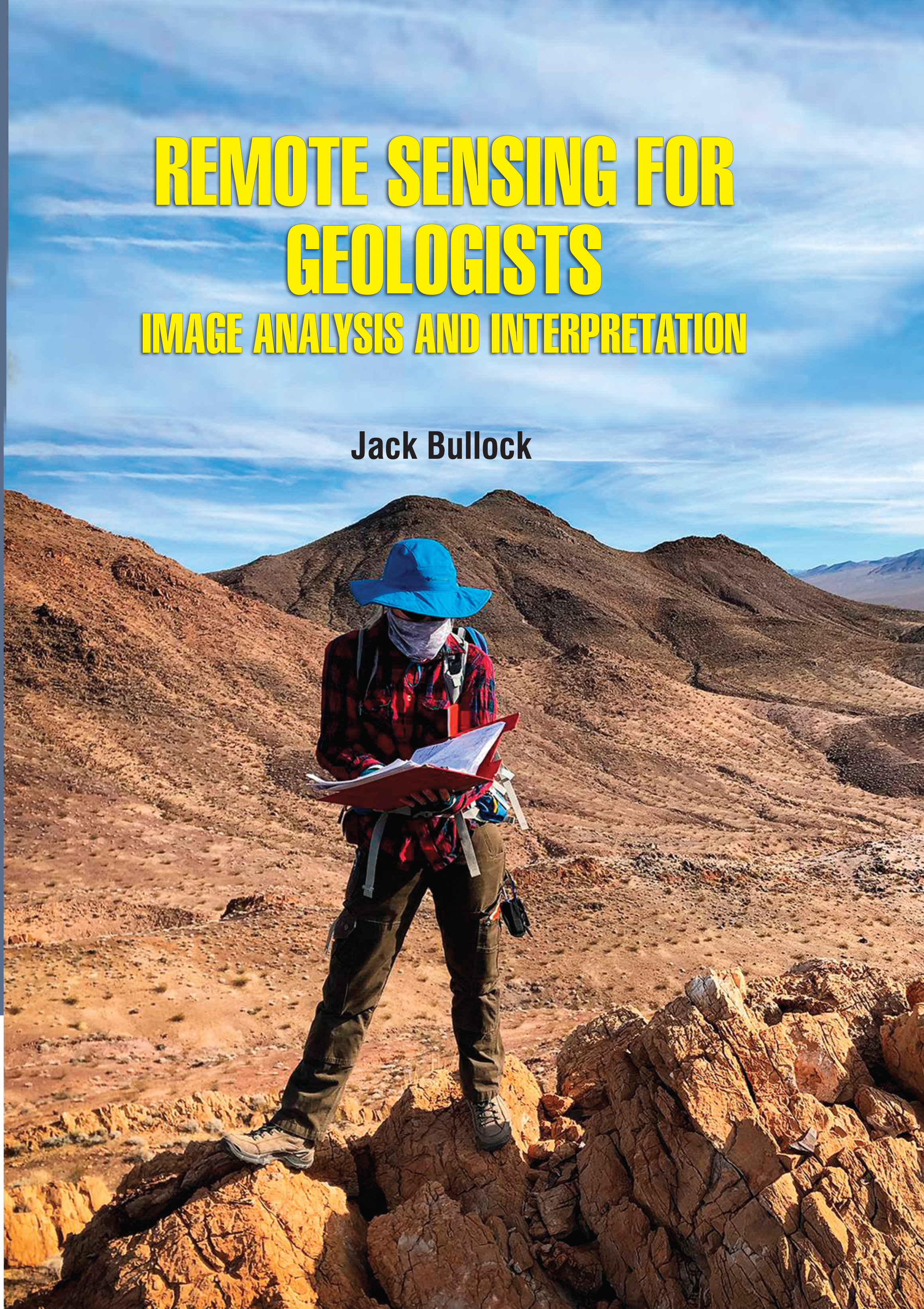
Remote Sensing for Geologists: Image Analysis and Interpretation
by Jack Bullock
| ISBN | 9789372420869 |
|---|---|
| Publisher | Digital Drive Learning |
| Copyright Year | 2026 |
| Price | $258.00 |

by Jack Bullock
| ISBN | 9789372420869 |
|---|---|
| Publisher | Digital Drive Learning |
| Copyright Year | 2026 |
| Price | $258.00 |
Geologists use remote sensing and a number of field, laboratory, and numerical modeling methods to decipher the Earth and understand the processes that occur on and inside it. Remote sensing in geology is remote sensing used in the geological sciences as a data acquisition method complementary to field observation, because it allows mapping of geological characteristics of regions without physical contact with the areas being explored. Remote Sensing Techniques have opened a new era in mapping lithology. The Landsat Enhanced Thematic Mapper data are extremely useful. In the past, the geological maps are prepared from conventional ground surveys based on field observations. They are made along traverse lines at regular intervals. While plotting such point information collected along the traverse lines on the topographic base and ultimately preparing final maps by extrapolating the details, certain errors are unavoidable and lead to inaccuracies in maps. Earth scientists have employed aerial images for decades. With the advent of satellite data the usefulness of the regional ‘synoptic view’ for identifying geologic phenomena was more widely recognized. Since then, applications of remote sensing can be found in most of the geological sub-disciplines. Given the multidisciplinary nature of geologic studies, there are far more applications of the remote sensing method in geology than could conceivably be covered here in any meaningful way. Geophysical remote sensing is a novel discipline which strengthens geological application along with advance remote sensing methods and describes morphogeological process. A collection of geo-scientific techniques is frequently used by field planner, analysis, researchers, scientist.